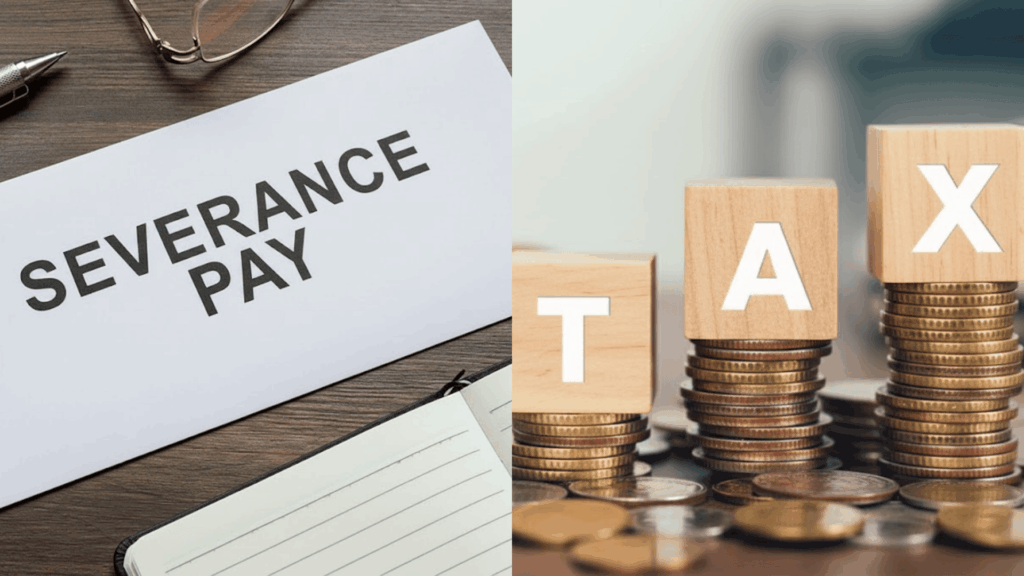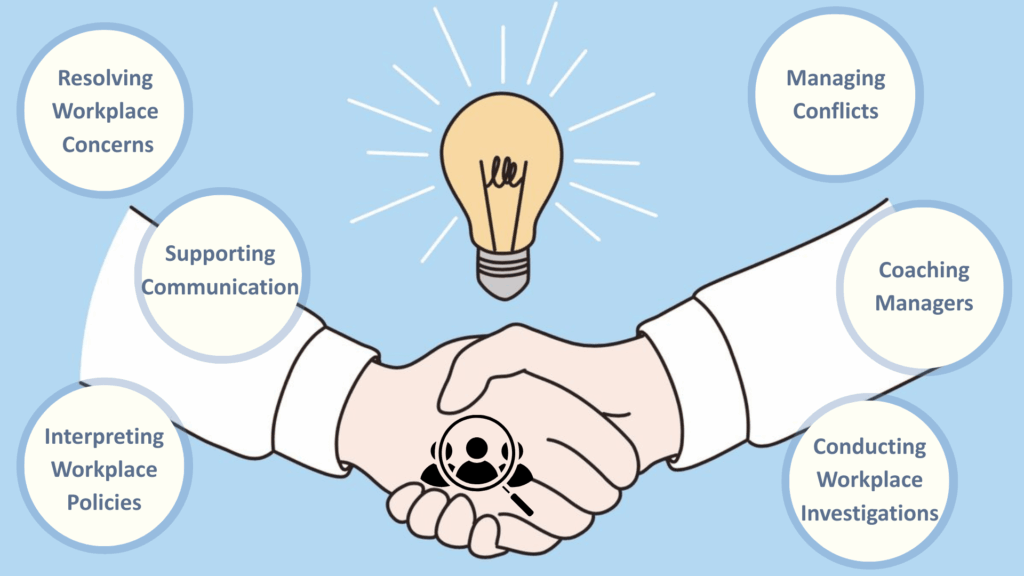When qualified candidates get rejected for jobs they’re perfectly suited for, something deeper might be at play and it’s not what you’d expect.
The term “reverse discrimination” ignites fierce debates across workplaces, courtrooms, and universities nationwide.
This complex issue challenges our traditional understanding of fairness and equality, creating situations where historical advantages and disadvantages seem to flip.
For employees, employers, and HR professionals, grasping what reverse discrimination means has become essential.
This article will examine the reverse discrimination definition, explore workplace scenarios, review legal frameworks, and provide prevention strategies.
What Is Reverse Discrimination Called?
To understand reverse discrimination in simple terms, think of it this way: it’s when people from groups that have traditionally held advantages (like white people or men) claim they’re being treated unfairly because of their race or gender.
The reverse discrimination definition becomes clearer when we look at specific situations.
This happens when someone believes they lost a job opportunity, promotion, or other benefit not because they weren’t qualified, but because companies wanted to hire or promote people from underrepresented groups instead.
It’s like when a company says “we need more women in leadership” and a qualified man feels he was passed over simply because he’s male.
Reverse Discrimination Under Federal Law
Several federal laws govern discrimination in employment, regardless of the victim’s demographic group:
- Civil Rights Act of 1964 (Title VII): Prohibits employment discrimination based on race, color, religion, sex, or national origin.
- Equal Employment Opportunity Commission (EEOC): This federal agency investigates discrimination complaints, including those alleging reverse discrimination.
- Americans with Disabilities Act (ADA): While primarily focused on disability discrimination, this law also protects all individuals from discriminatory treatment.
Traditional vs. Reverse Discrimination
Understanding the key differences helps clarify when situations cross from diversity efforts into potential discrimination territory.
| Traditional Discrimination | Reverse Discrimination |
|---|---|
| Targets historically marginalized groups | Affects traditionally advantaged groups |
| Based on race, gender, religion, ethnicity | Same protected characteristics apply |
| Creates barriers for minorities | Claims unfair treatment of majority groups |
| Violates equal opportunity laws | Also violates the same laws |
| Example: Rejecting qualified women | Example: Rejecting qualified men for diversity |
What Is Reverse Discrimination in the Workplace?

Workplace reverse discrimination manifests in various forms, creating complex situations for both employees and employers to handle.
How It Shows up in Hiring, Promotions, and Diversity Programs?
Reverse discrimination in hiring processes often occurs when qualified candidates from majority groups believe they were passed over in favor of less qualified minority candidates.
Similarly, promotion decisions may face scrutiny if employees perceive that diversity considerations outweighed merit-based factors.
Diversity programs, while well-intentioned, can sometimes create situations where the reverse discrimination definition applies.
For instance, mentorship programs exclusively for underrepresented groups or leadership development initiatives with demographic requirements may prompt complaints from excluded employees.
What Steps Should You Take If You Are the Victim of Reverse Discrimination?
Experiencing reverse discrimination in the workplace can be stressful and damaging, but taking structured steps can help protect your rights and ensure fair treatment.
Here are the key actions to consider:
- Document Incidents Clearly: Record dates, times, people involved, and specific actions to create reliable evidence.
- Review Company Policies: Check your organization’s handbook or discrimination policy to understand reporting procedures and protections.
- Report Internally First: Raise concerns with HR, a supervisor, or compliance officer through official reporting channels.
- Seek Support: Talk to trusted colleagues or mentors for validation, advice, and possible witness testimony if needed.
- File a Formal Complaint: If internal reporting fails to resolve the issue, contact the EEOC or a state agency.
- Consult an Attorney: Seek legal advice from an employment lawyer to understand rights, options, and protections against retaliation.
- Prioritize Well-being: Utilize counseling, stress management techniques, or employee assistance programs to safeguard mental health.
Workplace Cases: Real Examples

Recent cases show how diversity initiatives can cross legal boundaries, resulting in multi-million dollar settlements.
1. Duvall v. Novant Health: The $10 Million Backfire
One of the most significant recent cases involved David Duvall, a white male marketing executive at Novant Health.
A jury awarded him $10 million in punitive damages after finding that the healthcare company fired him and seven other white male executives as part of its diversity push.
The case revealed that Novant maintained a “goal of remaking the workforce to look like the community it served” and had tied executive bonuses to diversity metrics.
The Fourth Circuit Court of Appeals upheld the verdict, though it reduced the punitive damages to $300,000.
Source: charlotteledger.substack.com
2. Ames v. Ohio Department of Youth Services: Supreme Court’s Game Changer
This landmark Supreme Court case involved a heterosexual woman who was demoted at the Ohio Department of Youth Services and later replaced by LGBTQ+ employees.
On June 5, 2025, the Supreme Court issued a unanimous decision eliminating the “background circumstances” rule that required majority-group plaintiffs to meet heightened evidence standards.
Source: wilmerhale.com
What is Reverse Discrimination in Education?
Reverse discrimination in education happens when students think they didn’t get into college because of their race.
For example, a white student might believe they were rejected so the school could admit more diverse students instead.
This typically happens in college admissions, scholarship awards, and special academic programs.
Preventing Reverse Discrimination at Work
Companies can avoid costly reverse discrimination lawsuits like the Duvall case by implementing proven strategies that protect all employees while achieving inclusion goals.
- Fair policies: Develop clear, merit-based decisions that support diversity goals while ensuring consistent application across all employees.
- Transparency: Maintain open communication about hiring and promotion criteria so employees understand the decision-making process.
- Comprehensive training: Educate managers and HR on anti-discrimination laws and unconscious bias.
- Skills-based assessments: Focus on competencies and qualifications rather than demographic characteristics.
Conclusion
The reverse discrimination definition now plays a central role in modern employment law, with recent court cases and federal rulings establishing clear legal precedents.
Today’s employers must carefully balance diversity initiatives with legal compliance to avoid costly discrimination claims from any employee group.
Smart companies now focus on merit-based decisions, transparent policies, and inclusive recruitment rather than demographic quotas.
Understanding these principles helps both employees and employers create genuinely equitable workplaces where everyone can succeed based on qualifications and performance.
What’s your experience with workplace diversity initiatives?
Share your thoughts in the comments below and help others learn from real workplace situations.
Frequently Asked Questions
Can you Sue for Reverse Discrimination?
Yes, employees can sue if they experience unfair treatment based on race, gender, or age, under Equal Employment Opportunity laws.
Is Positive Discrimination the Same as Reverse Discrimination?
Positive discrimination intends to support disadvantaged groups, while reverse discrimination refers to claims of unfair treatment against majority groups. They differ in intent.
What States Have Reverse Age Discrimination Laws?
Several states, including New York, New Jersey, and Connecticut, protect younger workers from age discrimination, extending protections beyond federal laws covering older workers.










